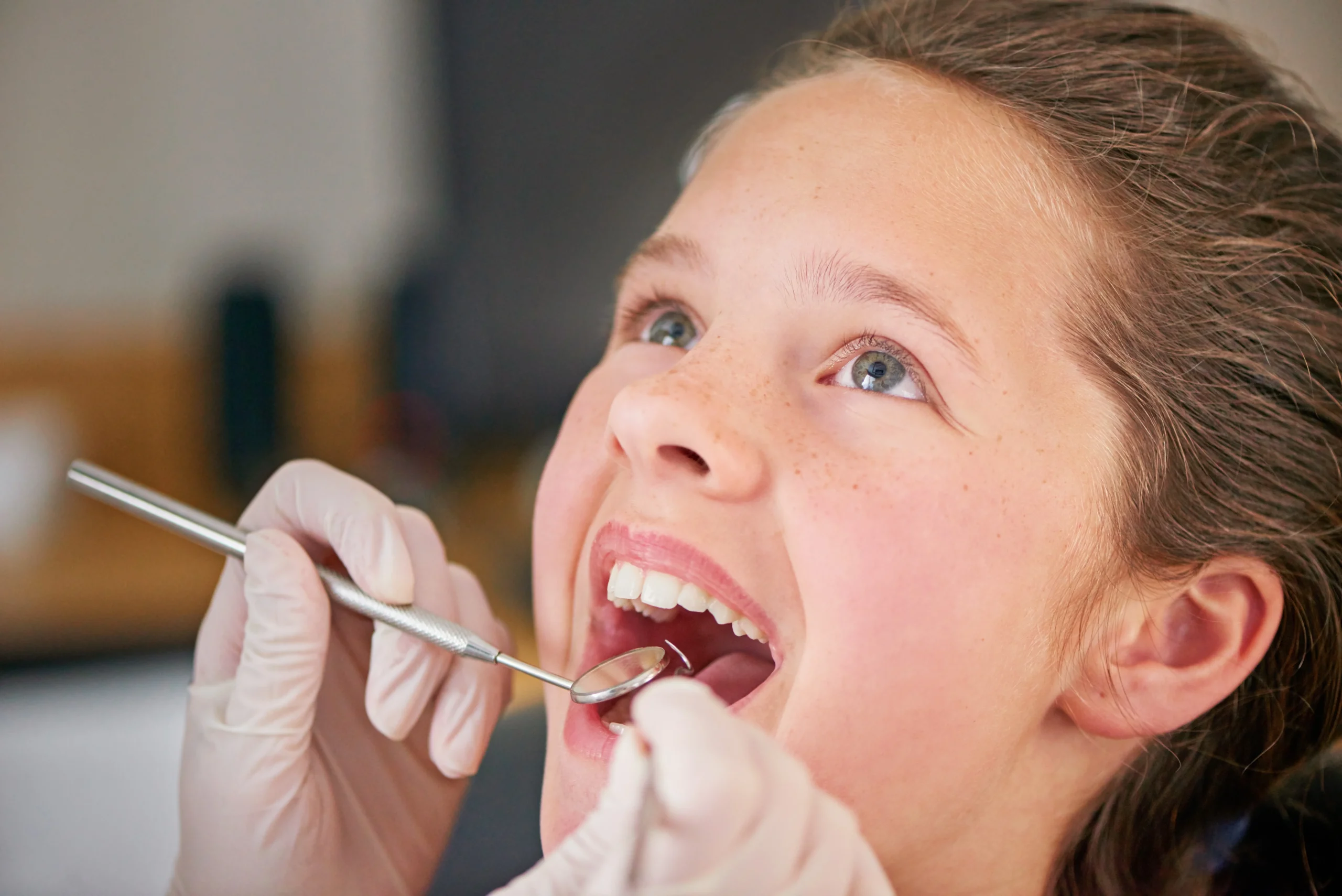The Importance of Early Orthodontic Evaluations for Children
TLDR / Key Takeaway
Scheduling an orthodontic evaluation for your child by age seven allows for early detection of potential issues, guiding timely interventions that can simplify and shorten future treatments. Early orthodontic check-ups lay the foundation for optimal oral health and a confident smile.
Introduction: Why Early Orthodontic Check-Ups Matter
Ensuring your child has a healthy, beautiful smile starts early. Many parents wonder when the right time is for their child’s first orthodontic visit. Early evaluations are critical in preventing future dental issues and setting the stage for proper oral development. By age seven, a child’s jaw and teeth have developed enough to identify subtle issues that, if left untreated, could lead to more complicated treatments later.
When Should Your Child See an Orthodontist?
The American Association of Orthodontists recommends children have their first orthodontic evaluation by age seven. At this age, the mix of baby and permanent teeth provides a clear picture of how the mouth is developing.
Why Age Seven?
- Emerging Permanent Teeth: By this age, the first molars and incisors typically erupt, revealing alignment and bite issues.
- Jaw Development: The growth patterns of the jaw are more apparent and easier to guide.
- Early Intervention Opportunities: Potential problems like crossbites, crowding, or excessive spacing can be addressed before they worsen.
Benefits of Early Orthodontic Evaluations
1. Early Detection of Issues
Orthodontists can identify problems like crowding, excessive spacing, or bite misalignments early. Treating these issues proactively reduces the likelihood of more severe complications in the future.
2. Guiding Jaw Growth
Early intervention can guide the growth of the jaw, ensuring proper alignment and facial symmetry. This helps create enough space for permanent teeth to emerge correctly.
3. Reducing Treatment Complexity
Addressing issues early often simplifies future treatments. For instance, early corrections can eliminate the need for tooth extractions or more invasive procedures during adolescence.
4. Boosting Confidence
Correcting alignment and bite issues early can improve your child’s smile, helping them feel more confident during their formative years.
What to Expect During the First Visit
An early orthodontic evaluation is a simple and painless process. Here’s what typically happens:
1. Examination of Dental Development
The orthodontist will assess your child’s jaw growth, the position of emerging teeth, and overall dental health.
2. Diagnostic Imaging
X-rays or 3D imaging may be used to evaluate the positioning of teeth and detect hidden issues.
3. Identifying Potential Problems
The orthodontist will look for signs of misalignment, crowding, bite issues, or other concerns that may require attention.
4. Developing a Monitoring Plan
If immediate treatment isn’t necessary, the orthodontist may recommend periodic check-ups to monitor your child’s development and plan for future care.
Common Early Orthodontic Treatments
While not every child needs early treatment, some may benefit from specific interventions:
1. Palatal Expanders
Expanders widen the upper jaw to correct crossbites and create space for permanent teeth.
2. Space Maintainers
These devices hold space for permanent teeth when baby teeth are lost prematurely, preventing misalignment.
3. Partial Braces
Used to address specific alignment issues, partial braces prepare the mouth for full orthodontic treatment later.
4. Habit Appliances
Designed to help children stop thumb-sucking or tongue-thrusting, these appliances prevent future bite issues caused by these habits.
Signs Your Child May Need an Orthodontic Evaluation
- Difficulty chewing or biting.
- Mouth breathing.
- Thumb-sucking past age five.
- Misaligned teeth or an uneven bite.
- Early loss of baby teeth or delayed eruption of permanent teeth.
- Protruding front teeth.
If you notice any of these signs, scheduling an evaluation can help address potential problems early.
The Long-Term Impact of Early Orthodontics
Investing in early orthodontic care sets the stage for a lifetime of oral health benefits:
- Better Oral Hygiene: Properly aligned teeth are easier to clean, reducing the risk of cavities and gum disease.
- Balanced Jaw Development: Early intervention promotes symmetrical jaw growth, preventing long-term complications.
- Enhanced Self-Esteem: A straight, healthy smile boosts confidence and encourages positive self-image.
Conclusion: Taking the First Step Towards Early Orthodontic Evaluations
Early orthodontic evaluations are a proactive approach to your child’s oral health. By identifying and addressing potential issues early, you can ensure a smoother path to a beautiful, healthy smile.
Don’t wait to give your child the best start for their dental development. Schedule their first orthodontic evaluation with Pacific Family Orthodontics today and set the foundation for a confident, healthy smile.

